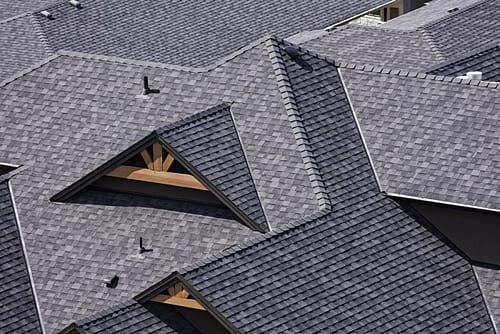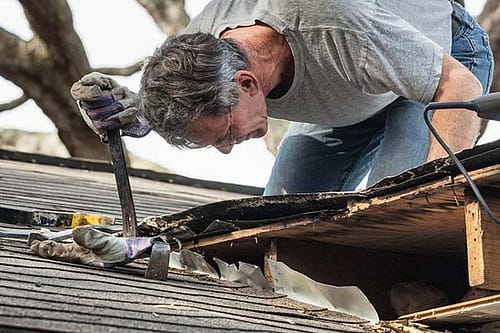Installation of snow retainers on the roof allows you to create a protective barrier against the snow masses. In different regions, the amount of snow varies in winter, but heavy snowfalls occur even in those areas that are always considered to be of little snow.
Frequent temperature fluctuations and prevailing wind directions also influence the melting of snow on the roof; therefore, the movement of snow masses and ice is an unpredictable phenomenon. As a rule, after heavy snowfalls, the owners of their houses independently remove snow from the roof or order a special team that performs such a service.
The need for snow retainers
Many countries have adopted the installation of snow retention systems. If there are no snow retainers on the roof, the owners of individual residential buildings will face the difficulties of obtaining home insurance. In some countries, experienced builders recommend the snow retainer to place on the roof of metal or corrugated board. They help prevent the simultaneous gatherings of large volumes of snow.
Snow retainers provide:
Safety: due to the special support structure, these elements seem to let the snow down in small portions. In addition, they can be placed on slopes so that snow falls in a limited safe place.
Uniform distribution of snow on the roof surface: It eliminates excessive pressure of bulk masses on individual sections of the roof.
Types of snow retention and features of their choice:
Manufacturers offer these necessary elements of two types:
Point (lamellar) snow retention: It is made in the form of plates, corners, hooks and cut in a peculiar way. They have a limited margin of safety and will not cope with rainfall; they are not recommended to be placed on roofs with an inclination angle of more than 30 degrees. Usually, plates or hooks are chosen in the color of the roof and fixed to a metal tile or corrugated board or soft roof.
Barrier (tubular) snow retention: It is made in the form of a long pipe (1 – 3 meters) or lattice and partially pass the snow or keep it on the roof. They are considered as universal snow retention and are mounted on roofs with a slope of 30 to 60 degrees in combination with any roofing materials like metal tiles, corrugated board, soft or rebate roofing.
Installation of such snow retainers on a metal tile or corrugated board consists of a sequence of steps:
1. Marking on the roof, taking into account the distance between the rows or the installation around the roof.
2. In the places of fastening of the elements, the crate is reinforced with additional bars of suitable width, it is advisable to think over this nuance in advance and perform it before installing the roof.
3. Assemble all the structural elements of the snow retainer without tightening the bolts.
4. On the roofing, on the lower part of the wave, holes are drilled right through to the crate and the previously prepared structure is fixed with screws and bolts are tightened. For sealing, the fasteners use rubber pads.
The installation process is repeated for each slope, depending on the specific configuration of the roof.




